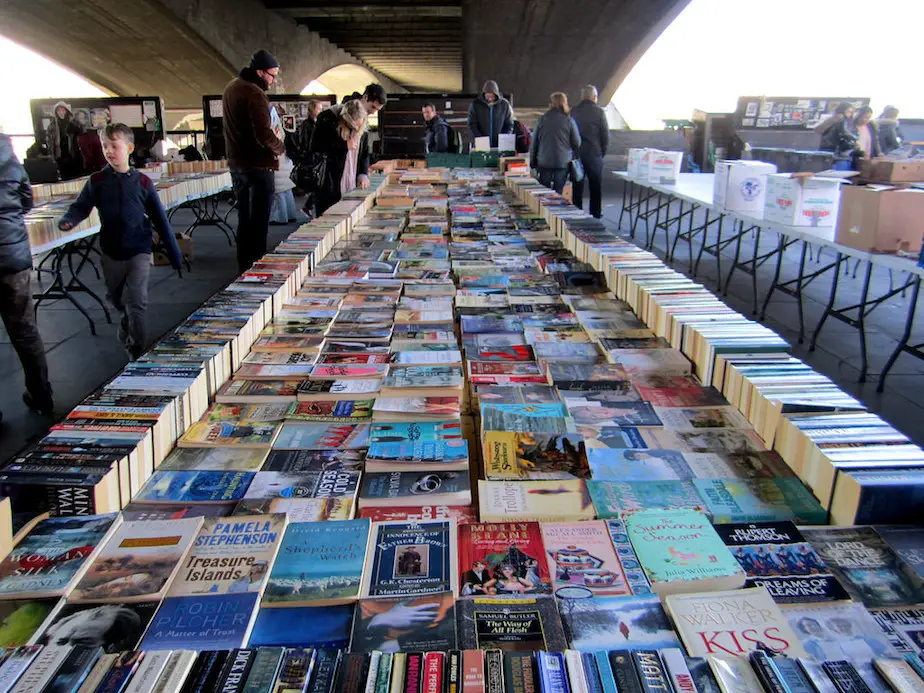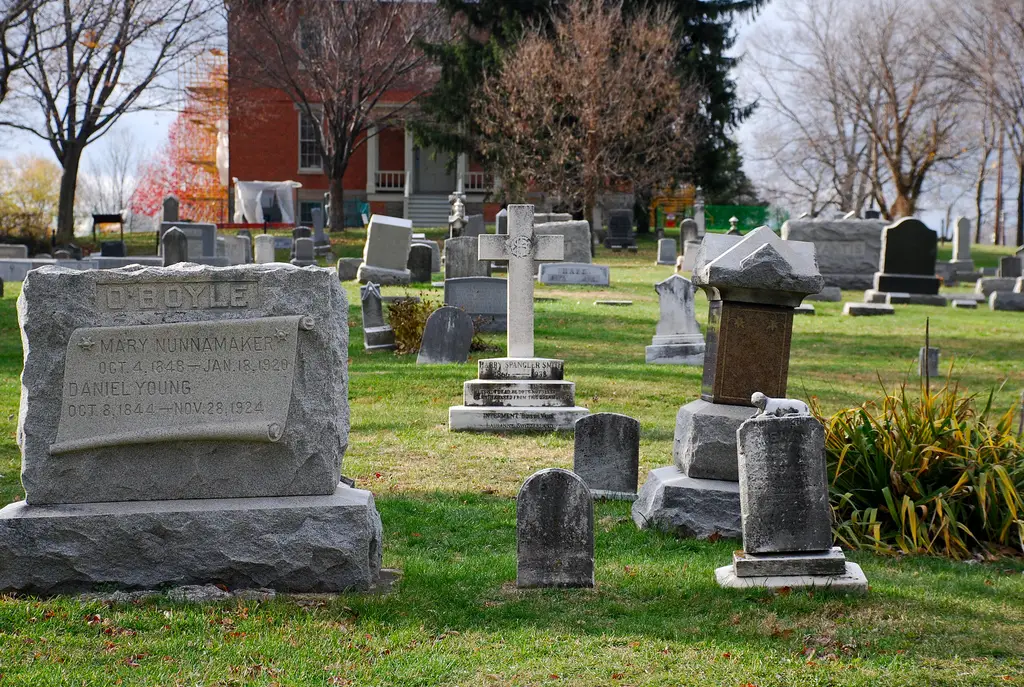“Once upon a time, in a land far, far away known as ‘Colombia’, there was a city called Medellín. At first, the city was an ugly and dangerous place, ruled by the evil lord Escobar. But when he died, the planning fairies who had been banished from the land were once again allowed back. They waved their magic wands, creating cable cars and escalators to poor neighborhoods high up on the hills, and making sure everyone in every neighborhood had access to quality buildings and urban spaces. And the people of Medellín lived happily ever after.”
If this is clearly an overstated and highly sarcastic version of the stories being told about Medellín’s transformative urban planning story, it comes surprisingly close to the rhetorical heights attained by some of the gushing descriptions of the “Medellín miracle” given in advance of the city’s hosting of the seventh World Urban Form (or WUF7, for people in the know). Mainstream sources such as CNN and The New York Times have sung the city’s praises as a stunning success story. However, now that the conference is over, there are signs that there’s trouble in Medellín’s urban planning paradise.
Before arriving at the Medellín conference, Next City’s Greg Scruggs published an article that pretty successfully summed up the official image being projected of Medellín. The title says it all: Latin America’s new superstar: how gritty, crime-ridden Medellín became a model for 21st century urbanism. He explains that during the reign in the 80s and 90s of the Medellín cartel, led by Pablo Escobar, crime skyrocketed. His demise in the 1993 opened the door for transformative change:
In 1993, Escobar was killed by Colombian special forces, and a decade later, in 2004, the city’s first Metrocable gondola line opened, inaugurating Medellín’s now celebrated urbanismo social (social urbanism) agenda…
It was around the turn of the century that Medellín’s rebirth began. In an effort to repair yet another divided Latin American city, Mayor Sergio Fajardo, the son of one of Colombia’s most famous architects, made a bold declaration during his 2003-2007 administration. “Our most beautiful buildings must be in our poorest areas,” Fajardo said.
This was – and continues to be – a radical idea in an urban world where most cities locate their Central Parks and Trafalgar Squares in prosperous, tourist-friendly districts. But rather than simply sprouting top-notch architecture in the comunas, the Medellín city government adopted an approach called the integral urban project (PUI in Spanish). Each architectural and urban design intervention was viewed holistically as part of a comprehensive plan for neighborhood revitalization. Thus, the famed Metrocable Line K terminated in the rough Santo Domingo neighborhood at a civic symbol: España Library, an obsidian complex on a dramatic hillside surrounded by a landscaped park. As a dual-purpose commuter and visitor route, Line K has a steady stream of users throughout the day. Careful planning and diagnostics also led to choices for station locations that disrupted the drug trade.
After arriving in Medellín, Scruggs quickly changed his tune. His first two reports from the city had less to do with “models of 21st century urbanism” and more to do with the unpleasant practicalities of staging a massive UN-backed conference. In his first report from the city, he reports that massive temporary removals of homeless from the city’s center took place in advance of the event to make way for international conference goers. His second report catalogs the crack-down on protestors and the extent to which international authorities hold sway during this and other international events. Scruggs reports that during these events, municipal law is suspended within a broad radius around all event sites, setting a grim precedent for police brutality at the upcoming World Cup in Brazil.
Criticizing the heavy-handed deployment of the event is one thing, but does this mean that Medellín’s famous infrastructure innovations and paradigm shifting urban strategies are overrated? The Atlantic Cities seems to think so. In a piece entitled “Is there a Medellín hype machine?”, Anthony Flint draws on his experience as a globe trotting urban think tank fellow (and the inevitable cynicism that results from having been shown one too many urban success stories) to conclude that it’s time for some “healthy skepticism” about Medellín. He cites persistent crime, intimates that some residents in poorer neighborhoods were pressured into painting their drab-looking houses bright colors, and is suspicious of whether the family he was introduced to in Medellín was put up to being as cheerful as they were about the changes that happened in town.
Perhaps the most biting criticism comes not from the international urban planning press, packed with world weary gringos, but from native Colombians. Laura Gallegos, a columnist with the Colombian newsaper El Espectador cuts to the heart of the issue, asking, “How can we think about the sustainability of cities if their processes of innovation depend on the political will of the public and the particular interests of the government that happens to be in charge at the time?”
But the most stinging critique I’ve heard yet comes from another Colombian, historian Antonio Fuentes (full disclosure: he’s also one of my classmates at the University of Buenos Aires), who attended the event and has this to say about Medellín:
The urban landscape has been filled with various infrastructure projects, whose goal is to earn a place among the works of famous architects and urbanists through a sort of ‘urban makeup’ that beautifies poverty. In a way, to take photos of this poverty as if it were a tourist attraction – as I did – is a tragedy.
While taking in this wave of Medellín malaise, it’s important to note that none of the skeptics are doubting that significant progress has been made. But the question is whether the exuberant assessments of the city are truly merited. Is it really accurate to talk about the “Medellín miracle”?
There are no easy answers to this question. If we’re ever going to determine why triumphalist storylines emerge so often in urban planning circles, and how to promote a potentially less disingenuous but still effective messaging strategy, we have to take a long hard look at the political realities of urban planning.
Here are two key points to consider. First, it must be recognized that urbanism, the practice of strategically coordinating the disparate elements that make up a city (infrastructure, architecture, governmental institutions, etc.) is in a permanent crisis of self-justification. In order to convince engineers, architects, and local politicians and department leaders to work together – when not coordinating would be much easier for all of them – urbanists must convince them that working in concert produces concrete results. Thus the pushing of urban miracle narratives increases the positive perception and political viability in general. This is not to suggest that there isn’t real usefulness to the practice of urban planning (if there weren’t, I wouldn’t be writing this), it’s a recognition of the realities of how urbanism “sells itself” within the larger political landscape.
Second, the cold hard truth is that political change, whether municipal, national, or international, doesn’t have a snowball’s chance in hell of being implemented without messaging campaigns that – shall we say – stretch the truth extensively to make it happen. Take for instance the campaign of Barack Obama. He called for sweeping, transformative change, and then delivered modest reforms in some areas and a total continuation of the status quo in others. What if, instead of “hope” and “change”, he had chosen the slogans “realistic expectations” and “modest reform”? He would have lost.
This principle of political overstatement applies equally for after projects have been implemented. To get them done, politicians have to talk up their usefulness, and once they’re complete, the politicians must act as if every element of the plan was an absolute success in order to have more leverage in their next projects. This is a basic necessity for political survival, but in an urban planning context it also leads to the creation of “hype machines” around urban success stories. Though in practical terms this is difficult to avoid, it is potentially damaging to honest and effective analyses of what really works in planning cities.
So, you ask, what is my take on Medellín? Is it an urban miracle or just a lot of hot air? I understand why many critics balk at the overbearing retellings of the city’s transformation. No one likes to be fed deceptive, exaggerated retellings of anything, but especially not cities, where trying to cover real problems with starchitecture seems crass at best. If the critics are correct in their depiction of Medellín, where the homeless are rounded up in advance of important events and tourists are shuttled around to take pictures of famous buildings in poor neighborhoods, then “social urbanism” still has a long way to go. However, it’s decisively better than what came before. If given the choice between “social urbanism”, where leaders make provisions for poorer areas even if they don’t fully address systemic problems, and the earlier status quo where the needs of poorer areas are completely ignored, I choose the former.
The Medellín story has much to offer as a model for other similar cities. But it’s no fairy tale. The city still has real problems to overcome, and treating it as the “Medellín miracle” does a disservice both to people within the city and elsewhere. If we as planners (or simply as concerned members of the general public, for that matter) want to develop urban strategies that go beyond “urban makeup” and accomplish real positive change, urban hype needs to take a back seat to the actual practice of urban planning itself.
Drew Reed is an online media producer and community activist specialising in sustainable transportation. He lives in Buenos Aires.
Image via Miguel Olaya


